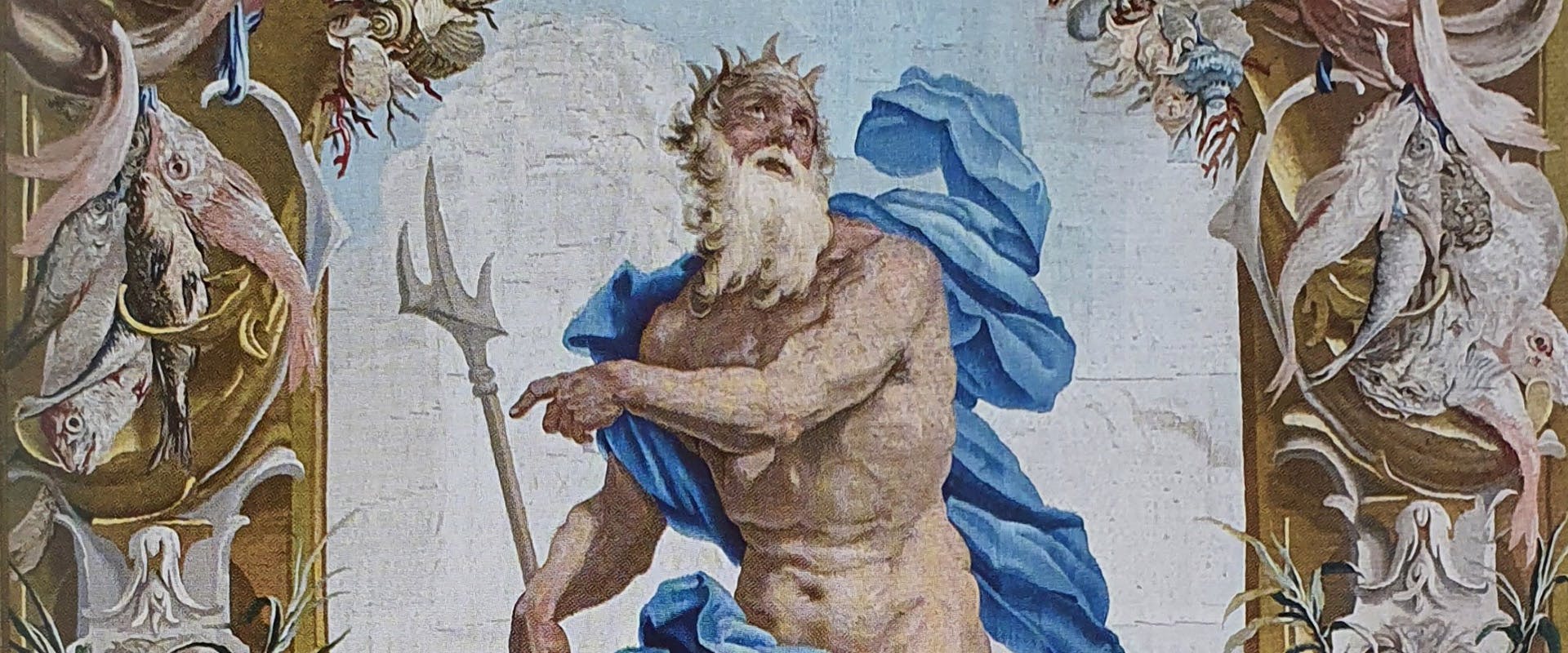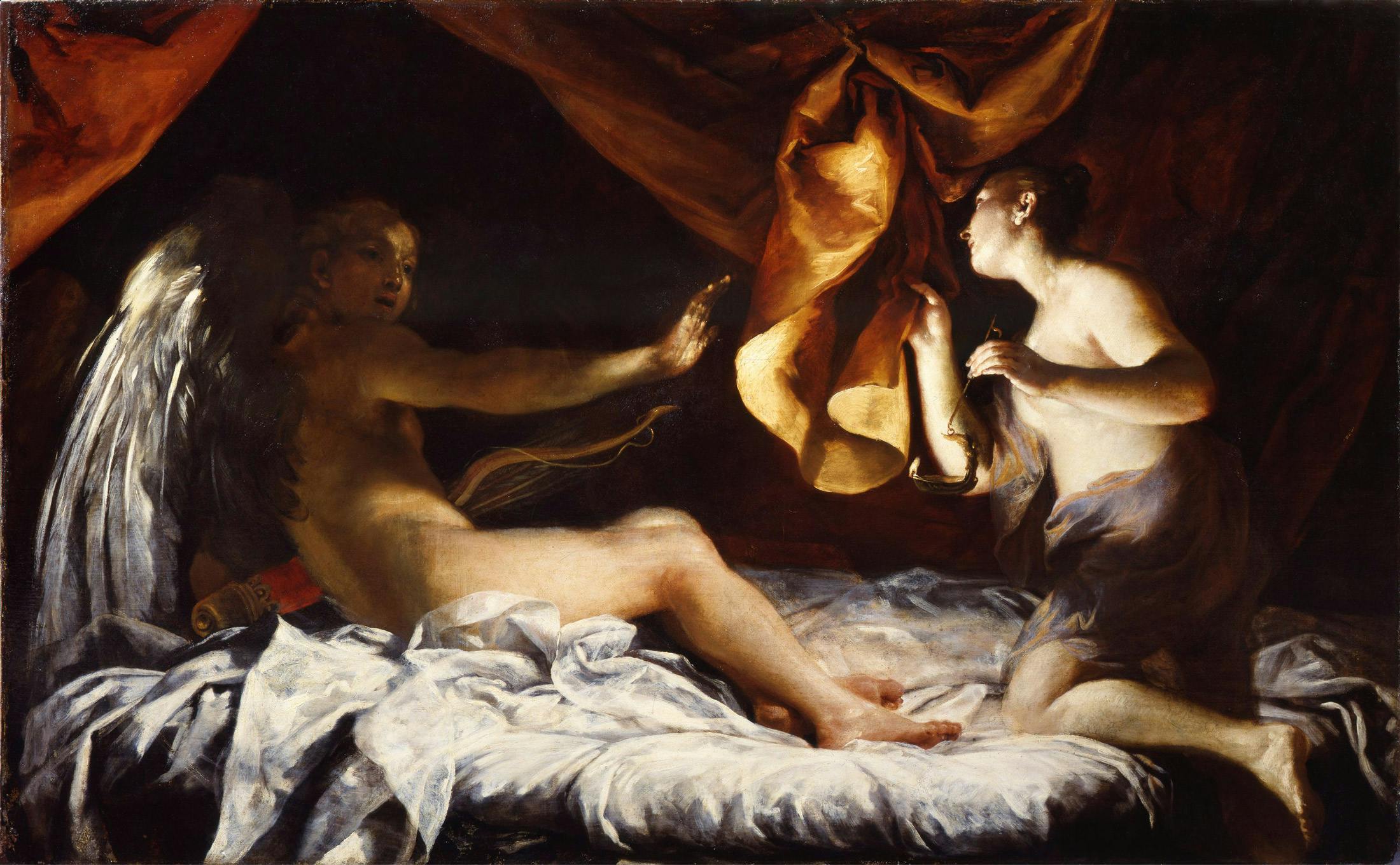Splendour and Reason. Art in Eighteenth-Century Florence
Artists and patrons who renewed the image of Florence
Even after the fall of the House of Medici, Florence did not lose its prestige as capital of culture and the arts, thanks to the Habsburg-Lorraine dynasty. The grand duchy of Tuscany was assigned to Peter Leopold (1747 – 1792) who gave the city an international profile and brought the European version of Rococo and Neoclassicism to Tuscany.
The exhibition focuses its attention on the principal artistic events that took place in the eighteenth-century Florence. 140 works on display including paintings, sculptures, art objects and furnishing record the changes in taste from late Baroque period to Neoclassicism.
The first section of the exhibition is dedicated to Cosimo III and his son the Grand Prince Ferdinando de’ Medici patron of the arts, who opened the city to “foreign” artists like Sebastiano Ricci and Giuseppe Maria Crespi.
In this context, the most influential families of the Florentine aristocracy played an important role in spreading the famed Doccia porcelain manufactory, and in keeping constant relations with Rome. All these episodes contributed to defining the image of a vital and modern city, crossroads of experiences, a key destination of the Grand Tour and a workshop of original artistic productions.

